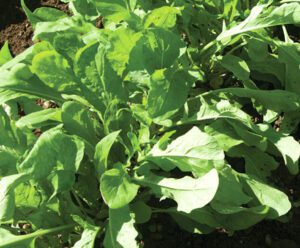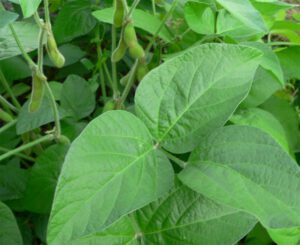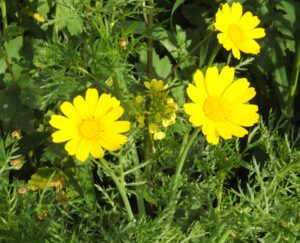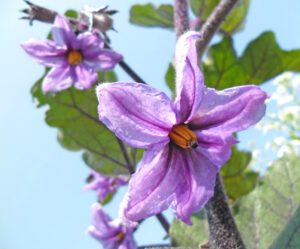Growing okra is very common and popular throughout the world. Okra farming is a very profitable and easy money making business.
Okra (Abelmoschus esculentus) also known as ladies fingers or ochro, is a very popular vegetable throughout the world.
Okra is a flowering plant in the mallow family and it is valued mainly for it’s edible green seed pods.
Growing okra is possible in almost everywhere in the world as long as the weather is warm (but don’t grow in cooler weather).
Okra is mainly cultivated in the tropical and subtropical areas with warm weather.
Okra is very nutritious containing vitamin K, E, C, different types of minerals and enriched with high amount of fiber. And you can eat both raw and cooked okra. Some people also prefer eating okra leaves and seeds.
Growing okra in the home garden is very easy and you can actually plant and harvest okra throughout the warmer months.
You can easily start growing okra organically in your home garden for fulfilling your family vegetable demands.
Growing Okra in Home Garden
Both taste and flavor of the organic home grown okra are excellent. There are some basic and simple steps for growing okra organically in the home garden.
Here we are describing about these easy and simple steps for growing okra in the home garden.
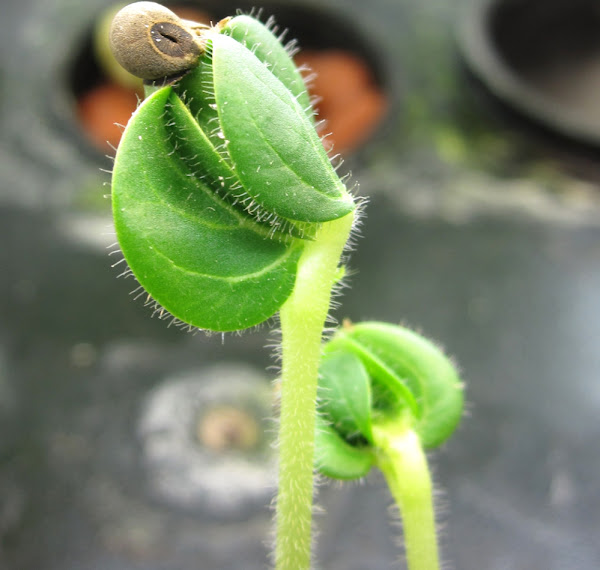
Choose an Okra Variety
There are numerous okra varieties available throughout the world. You have to choose those okra varieties which grow well in your area and if the seeds are available.
Some common and popular okra varieties are Annie Oakley, Park’s Candelabra Branching, Louisiana Green Velvet, Penta Green, Kabuli Dwarf, Japanese Pacific Green, Burgundy and some other hybrid varieties.
Purchase/Collect Seeds
After selecting the okra variety, collect or purchase okra seeds from any of your nearest seed supply stores, friends or relatives.
Always try to collect good quality disease free okra seeds. Because quality seeds is very important for growing hardy and disease free okra plants.
Time for Growing Okra
Warm weather and full sun are required for growing okra. For growing okra in the northern areas, you can start the seeds indoors in peat pots under full light 3-4 weeks before the last spring frost date.
Prepare the Soil
Okra plants grow well in ordinary garden soil. But they will grow best and produce more in well-drained, fertile and loam soil.
Before planting seeds or transplanting, prepare the soil by mixing organic fertilizers. You can use aged manure, compost or bagged organic fertilizer.
Planting
You can either plant seeds or transplant the seedlings for growing okra plant. For transplanting, start the seeds 3-4 weeks earlier.
Ensure 1-2 ft space between two plants for giving them ample room for growing.
Some varieties of okra plants are very tall. Ensure 3-4 ft space between two plants for these varieties.
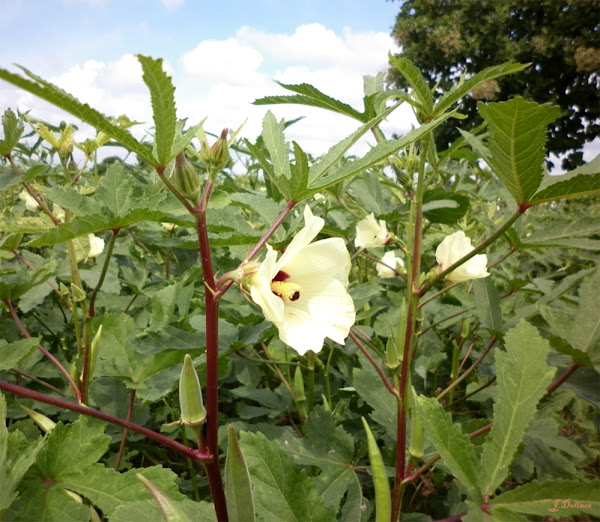
But if you plant seeds directly in the soil, plant the seeds about 1/2 inch deep. Mark the seed planting space previously in a planned way, and then keep 2-3 seeds per marked space.
After 2-3 weeks of germination, keep one plant per marked space and uproot the rests. Soak the seeds in clean water for 24 hours. And doing this will help for speeding up the germination process of the seeds.
Caring for the Okra Plants
Okra plants require less care for growing and yielding. They will grow well as long as the soil is fertile and the plants are getting enough water.
Although, taking some extra care will boost the yield. However, here we are describing more about the steps for caring and growing okra.
Feeding/Fertilizing
You don’t need to add additional fertilizers if you have applied already while preparing the soil.
Although providing the plants with additional nutrients will be good.
You can use organic fertilizers such as compost tea during the growing period. You can also side-dress with compost every 3-4 weeks.
Watering
As the okra plants grow in warmer months, so keep the plants well watered throughout the summer months.
At least 1 inch of water is required per week (use more if you are growing okra in a hot or arid region).
Mulching
Mulching is require for retaining moisture in the soil and also for preventing weeds.
Applying a layer of mulch up to 4 inch will be good. You can use leaves or straw for mulching.
Controlling Weeds
Mulching will prevent most of the weeds to develop. Eliminate the weeds when the plants are young and then mulch heavily.

Pests and Diseases
The okra plants are susceptible to some pests and diseases. And this is actually not a major problem for growing okra.
Because you can easily get rid of them by following some easy to follow solutions. Here we are describing about some common pests and disease of okra plants.
Pests
Aphids, corn earworms and stinkbugs are some common pests for okra plants. You should keep an eye out for pests and monitor the stems and leaves of the plants regularly.
You can easily pick the bugs off by hand or spray the leaves with soapy water for keeping the pests away.
Diseases
Fusarium wilt is a soilborne disease in okra plants (it is actually an issue in the hot regions).
The leaves will turn yellow and wilt if this disease causes. Pull and destroy the affected plants. Crop rotation is the best way for preventing this disease.
Harvesting
Depending on the okra variety, the first harvest will be ready within 2 months after planting. Okra grows very fast, and you will need to harvest frequently (every other day). 2-3 inches long okra are good for eating.
For harvesting okra, cut the stem just above the cap with a knife (don’t pull the okra). Wearing gloves or other protective materials will be good.
Because most of the okra varieties are covered with tiny spines that will irritate your skin.
Hope you have enjoyed this guide for growing okra organically in your home garden. God bless you!

